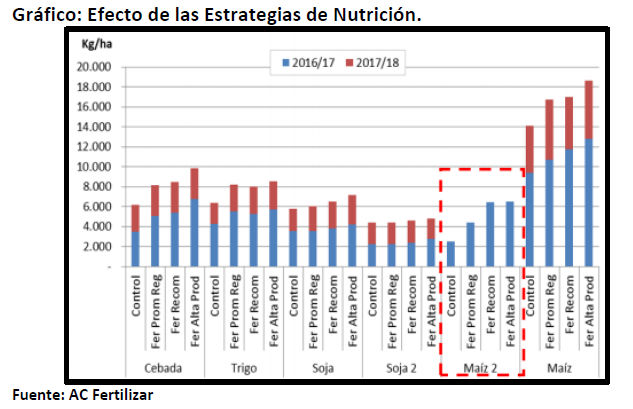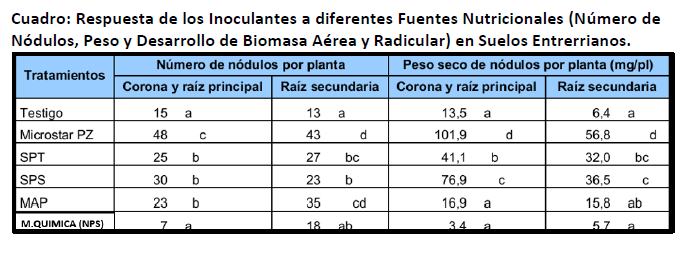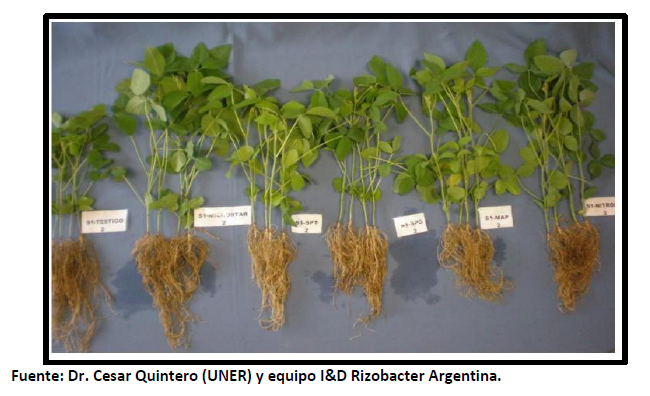Even though the harvest progresses pleasantly, with average results above the mean, some reports received by our Technical Service show very dissimilar yields, even when plots are divided by a wire fence. This is because the productivity gaps prevail even when water does not seem to be a limiting factor.
In some cases, those differences could be anticipated visually since they respond to the inadequate handling of weeds. In other cases, where the control was appropriate and the genetics, planting date and the environments were similar, it was proved that the differences in yields responded, mainly, to the nutritional proposal chosen to work on the different plots.
Data coming from the collection of the Buenos Aires Stock Exchange published last year already estimated that only 13% of the agricultural plots receive a soil analysis to evaluate and define the necessary nutrients to be used to maximize production. In this way, we can ensure that there is a great correlation between the observed results and the heterogeneous level of use of this type of technologies where still much remains be done.
Furthermore, producers more aware of the importance of fertilizing strategies who had monitored their plots before the planting, started to include micronutrients such as Zinc, what promoted higher yields due to its positive effect on early root growth and its implication for the correct hormonal functioning of crops.
To a lesser degree, but still with greater results, we have those producers who are working today in the medium and long terms. Apart from following a plan of intensive crop rotation which seeks to catch the highest amount of radiation possible (still for free) to convert it into biomass, these cases present a nutritional strategy focused on the system through the traditional commodities, but complementing with high-tech nutrient resources which allow them to achieve great stability and good results, even in the so-called “bad years”. Under this scheme, our proposal of new microgranular fertilizers is an excellent solution.
Each microgranule has a balanced composition of nutrients and can be applied together with the seed ensuring rapid availability and uptake for the crop. This mode of action promotes a homogenous development for the root as well as the aerial part (generating a differential capture of two of the main nutrients: light and water), and favours the obtention of better margins even in plots of high natural chemical fertility (measured in ppm phosphorus).

Particularly, in the case of legumes, the importance of complementing a balanced chemical nutrition with an adequate biological inoculation has been shown.
There is no doubt that there are many challenges ahead, but one of the most momentous consists in encouraging the use of knowledge and the available innovative technologies to reduce the “gaps” and increase productivity.

